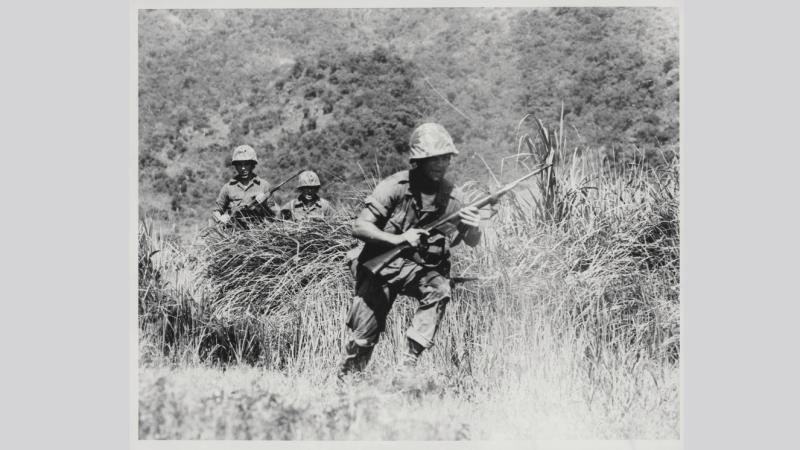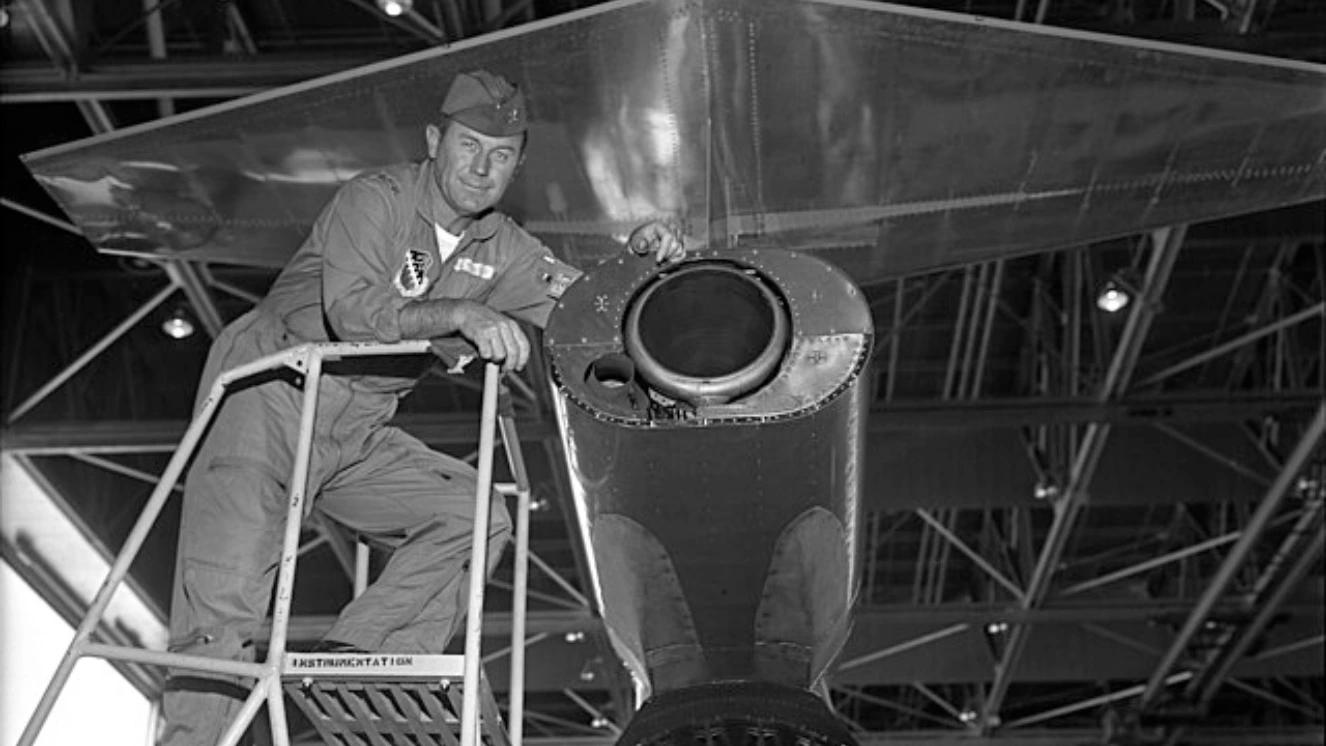THAT TIME WHEN PROJECT ELDEST SON FOOLED THE VIET CONG

Every war has its fair share of strange stories. Over the years, VeteranLife has shared numerous war stories, some of which make you shake your head, some make you laugh, and some just leave you wondering who had the idea in the first place.
This time, there was an operation that perfectly sat in that middle space, called Project Eldest Son. It’s darkly funny in the most dangerous way possible.
Why, you ask? It’s because the Military Assistance Command, Vietnam-Studies and Observations Group (MACV-SOG) tampered with the Viet Cong’s ammunition so that guns and mortars would blow up when fired. They messed up with the ammunition in a way that made it…. Well, explode in the Viet Cong’s faces.
So instead of the Viet Cong attacking enemies, they sometimes ended up blasting their own weapons, and sometimes, dying from their own shots.
Bullets Weren’t Always Bullets
Project Eldest Son began in 1967, during the Vietnam War, and was executed under the direction of the Military Assistance Command, Vietnam-Studies and Observations Group (MACV-SOG).
This is one of the most secretive special operations units of the war. They were mostly tasked with sabotage, psychological warfare, and cross-border missions that the Pentagon didn’t like to talk about.
At the time, the U.S. forces had a problem keeping up with ammunition because the Viet Cong and North Vietnamese Army (NVA) relied on stolen U.S. ammo and weapons, with additional resources from their allies in China and the Soviet Union.
With this, the American forces had to devise a better solution, which gave the MACV-SOG an idea. If the enemy is so desperate for ammo, why not sabotage it?
So, in 1967, Project Eldest was born. The American forces secretly doctored bullets and mortar rounds, then slipped those into enemy caches. This also relied on psychological operations, which could instill doubt and fear in the enemy.
How Does a Bullet Betray a Person?
The American forces slipped in doctored bullets and mortar rounds. Sounds like a dangerous strategy. But how does that betray the enemies, you ask?
Well, instead of the enemy firing a clean shot, the gun would explode in the shooter’s hands. The mortar shells worked the same way. If the tube were dropped, boom, the whole thing would blow up before it even launched.
The operations team carefully cracked open standard 7.62×39mm cartridges, the kind used in the AK-47, and swapped the regular powder for a much nastier explosive charge. It looks completely ordinary from the outside. But inside, little did they know that it was a trap.
Of course, the American forces didn’t flood the jungle with fake ammo. That’s too obvious. So they just planted just a handful of bad rounds in stolen stockpiles. Out of a crate of perfectly fine bullets, they knew that one or two were enough.
Because once one rifle blows up, rumors will start to spread, and from there, the U.S. was able to instill fear in the enemy.
Rising Fear in the Jungle
The doubt was starting. And that was the main goal of the American forces. It wasn’t the physical damage that they wanted to do, but the doubt and fear.
The Viet Cong continued to steal ammo, as supplies were becoming insufficient. So, picture yourself as a Viet Cong fighter who has been in the jungle for weeks. Now, you hear that some of your stolen ammunition might be sabotaged. It might be just a rumor. However, the fear is that it could happen to you. The seed is already planted.
Every time you chamber a round, you ask yourself: Is this the one bullet that is going to betray me?
That was just the cherry on top of the pie, because the Viet Cong didn’t even know who planted it. So it made them wonder, was it the Chinese allies who planted it? Was it sabotage? Either way, trust and their lives were at stake.

The North Vietnamese Eventually Figured It Out
Like all clever tricks, this one didn’t last forever.
Project Eldest Son was leaked, and the Viet Cong finally discovered it. With that, the American forces had to cover it up so they could keep the idea alive.
It became known as Project Italian Green, and later as Project Pole Bean. Same stunt, just different names. But once the enemy knew, it was useless.
So the project had eventually faded. Still, it left a lasting impression, and it was hard to forget, as it was highly effective. American forces messed with trust, making the Viet Congs hesitate with their own ammunition.
The project wasn’t about who had bigger guns or more resources. It was making the enemy afraid of their own gun, that even a bullet of their own can lie.
Read next:
- The Great Power Competition Training Returns: How Each Branch Is Adapting
- Sir Adrian Carton de Wiart: The Unkillable Soldier Who Survived Everything
- Operation Paul Bunyan: How a Simple Tree in the DMZ Turned Into a Global Incident
Sources:
BY ALLISON KIRSCHBAUM
Military History & Culture Writer
Allison is a B2B and B2C SEO content writer and copywriter with seven years of experience in multiple types of web and digital copy. She specializes in driving rankings and leads through content in verticals such as SaaS, B2B2C, MarTech, FinTech, financial services, insurance, and manufacturing.



